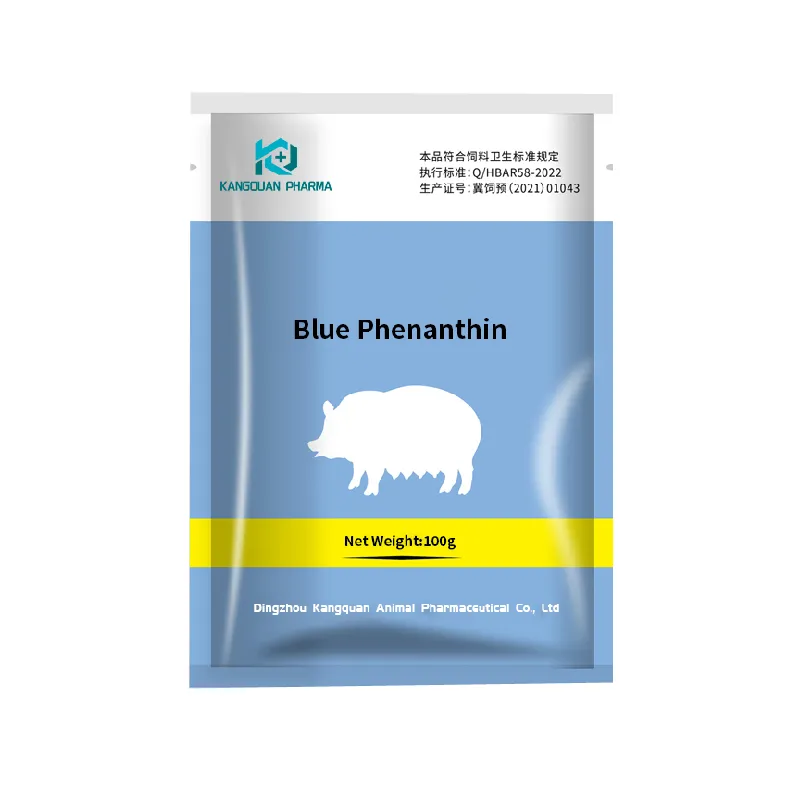- Afrikaans
- Albanian
- Amharic
- Arabic
- Armenian
- Azerbaijani
- Basque
- Belarusian
- Bengali
- Bosnian
- Bulgarian
- Catalan
- Cebuano
- Corsican
- Croatian
- Czech
- Danish
- Dutch
- English
- Esperanto
- Estonian
- Finnish
- French
- Frisian
- Galician
- Georgian
- German
- Greek
- Gujarati
- Haitian Creole
- hausa
- hawaiian
- Hebrew
- Hindi
- Miao
- Hungarian
- Icelandic
- igbo
- Indonesian
- irish
- Italian
- Japanese
- Javanese
- Kannada
- kazakh
- Khmer
- Rwandese
- Korean
- Kurdish
- Kyrgyz
- Lao
- Latin
- Latvian
- Lithuanian
- Luxembourgish
- Macedonian
- Malgashi
- Malay
- Malayalam
- Maltese
- Maori
- Marathi
- Mongolian
- Myanmar
- Nepali
- Norwegian
- Norwegian
- Occitan
- Pashto
- Persian
- Polish
- Portuguese
- Punjabi
- Romanian
- Russian
- Samoan
- Scottish Gaelic
- Serbian
- Sesotho
- Shona
- Sindhi
- Sinhala
- Slovak
- Slovenian
- Somali
- Spanish
- Sundanese
- Swahili
- Swedish
- Tagalog
- Tajik
- Tamil
- Tatar
- Telugu
- Thai
- Turkish
- Turkmen
- Ukrainian
- Urdu
- Uighur
- Uzbek
- Vietnamese
- Welsh
- Bantu
- Yiddish
- Yoruba
- Zulu
کانونی یەکەم . 11, 2024 01:13 Back to list
Albendazole Dosage Guidelines for Goats Treatment and Prevention
Albendazole Dosage for Goats A Comprehensive Guide
Albendazole is a broad-spectrum anthelmintic drug commonly used in veterinary medicine, particularly for goats. It effectively treats several parasitic infections, including roundworms, flatworms, and some protozoa. Understanding the appropriate dosage and administration of albendazole is crucial for goat health and productivity.
Importance of Deworming
Goats, like other livestock, are susceptible to various internal parasites that can significantly affect their health, growth, and overall productivity. These parasites can lead to weight loss, diarrhea, anemia, and in severe cases, death. Regular deworming is essential for maintaining the health of your herd, especially in regions with high parasite burdens.
Recommended Dosage of Albendazole
The standard dosage of albendazole for goats is generally around 10 to 15 mg per kilogram of body weight. This dosage can vary based on the specific type of parasites being targeted, the goat's age, weight, and health status. It is crucial to verify the dosage with a veterinarian, as they can provide tailored advice based on individual circumstances and local parasite prevalence.
Administration Guidelines
Albendazole is available in various formulations, including oral suspensions and tablets. The oral route is the most common method of administration for goats. Here are some guidelines to consider
1. Weight Measurement Accurately weigh the goat to ensure the correct dosage. Inaccurate weight estimation can lead to underdosing or overdosing, both of which can be detrimental to the animal.
albendazole dosage for goats

2. Formulation Selection Choose the right formulation based on the goat’s age and condition. For young kids, a liquid formulation may be easier to administer, while mature goats may be given tablets.
3. Timing Administer albendazole in the early morning or late afternoon when the goats are most calm and have not recently eaten. This practice can help improve the absorption of the medication.
4. Follow-up Observe the goats after administration for any adverse reactions, such as lethargy, vomiting, or changes in appetite. Contact a veterinarian if any concerning symptoms arise.
5. Withdrawal Period It is essential to note the withdrawal period for albendazole, especially if goats are raised for milk or meat production. Generally, the withdrawal period is 48 hours, meaning that goats should not be sold or consumed for at least two days after treatment. Always check specific guidelines as they can vary by region and individual product formulations.
Importance of Regular Deworming
It is recommended to establish a regular deworming schedule, typically every 6 to 12 months, depending on the infection risk and local parasite life cycles. Regular fecal examinations can help assess the parasite load and inform your deworming schedule. Implementing integrated parasite management practices, such as rotational grazing and maintaining proper nutrition, can also help minimize parasite burdens.
Conclusion
Albendazole is a valuable tool in managing parasites in goats, contributing to their health and productivity. By understanding the appropriate dosage and administration practices, goat owners can ensure that their livestock remain healthy and thrive. It is always recommended to consult with a veterinarian to develop a proper deworming plan tailored to your herd’s specific needs and to stay updated on any advancements or changes in veterinary recommendations regarding parasite management. With diligent care, farmers can improve the well-being of their goats and achieve better yields from their operations.
-
Guide to Oxytetracycline Injection
NewsMar.27,2025
-
Guide to Colistin Sulphate
NewsMar.27,2025
-
Gentamicin Sulfate: Uses, Price, And Key Information
NewsMar.27,2025
-
Enrofloxacin Injection: Uses, Price, And Supplier Information
NewsMar.27,2025
-
Dexamethasone Sodium Phosphate Injection: Uses, Price, And Key Information
NewsMar.27,2025
-
Albendazole Tablet: Uses, Dosage, Cost, And Key Information
NewsMar.27,2025













